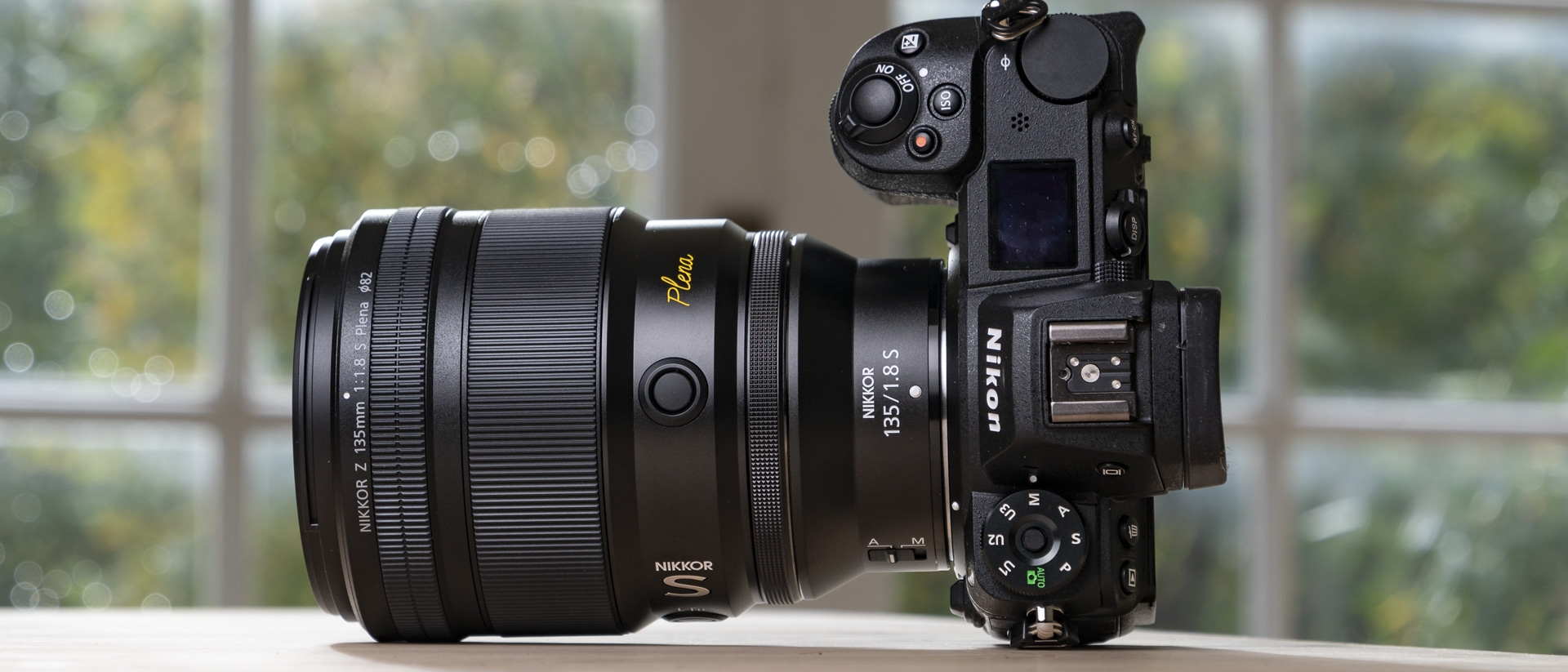TechRadar Verdict
Nikon’s second signature Z-mount lens for its mirrorless cameras is a gem, combining pin-sharp detail with buttery smooth bokeh. It’s also significantly better value than the Nikon ‘Noct’ 58mm f/0.95 S lens, although Sigma also produces a superb 135mm f/1.8 Art lens that's cheaper still. If you’re a Nikon fan and telephoto portrait specialist, the optical quality of the ‘Plena’ lens is unmatched, and consistently sharper across the entire frame at f/1.8 than equivalent DSLR lenses. If you want the best optical quality for portraiture, especially animal portraiture, the Plena comes highly recommended.
Pros
- +
Extremely sharp
- +
Buttery smooth bokeh
- +
Much better value than Nikon’s ‘Noct’ lens
Cons
- -
Quite pricy
- -
Moderately heavy
- -
Tight focal length for human portraiture
Why you can trust TechRadar
Two-minute review
Nikon follows up its showstopping Nikon Z 58mm f/0.95 S ‘Noct’ with its second signature Z-mount lens, the Nikon Z 135mm f/1.8 S ‘Plena’. Both are unashamedly specialist portraiture lenses offering optical quality that goes beyond mere shallow depth of field, and into the realms of supreme bokeh. These are Nikon’s best lenses for those with an eye for detail.
The Plena is a more tantalizing prospect than the Noct for a number of reasons. For one, it's less than a third of the price, much more in line with Nikon’s Z 85mm f/1.2 S. Still, at $2,600 / £2,700 / AU$4,600 you’d hardly call the Plena cheap, especially when Sigma has its own 135mm f/1.8 DG HSM Art that costs less than half the price, which is compatible with Z-mount cameras via an adaptor. Still, if you’ve got the cash to splash and want to make a statement, the Plena will do that for you.
This is also an autofocus lens, whereas the Noct is manual-focus only. Paired with Nikon’s wide area subject detection and eye AF, you'll hit pin-sharp focus on the eyes the majority of the time. I paired the Plena with a Nikon Z6 II and found autofocus reasonably quick and accurate, in line with the Nikon Z 24-70mm f/2.8 S Pro. It might not be the case for all Nikon cameras, but in my experience there were times when autofocus simply refused to initiate despite there being a clear human face in view. Using the Z6 II’s Flexi Spot AF mode proved consistently quicker.
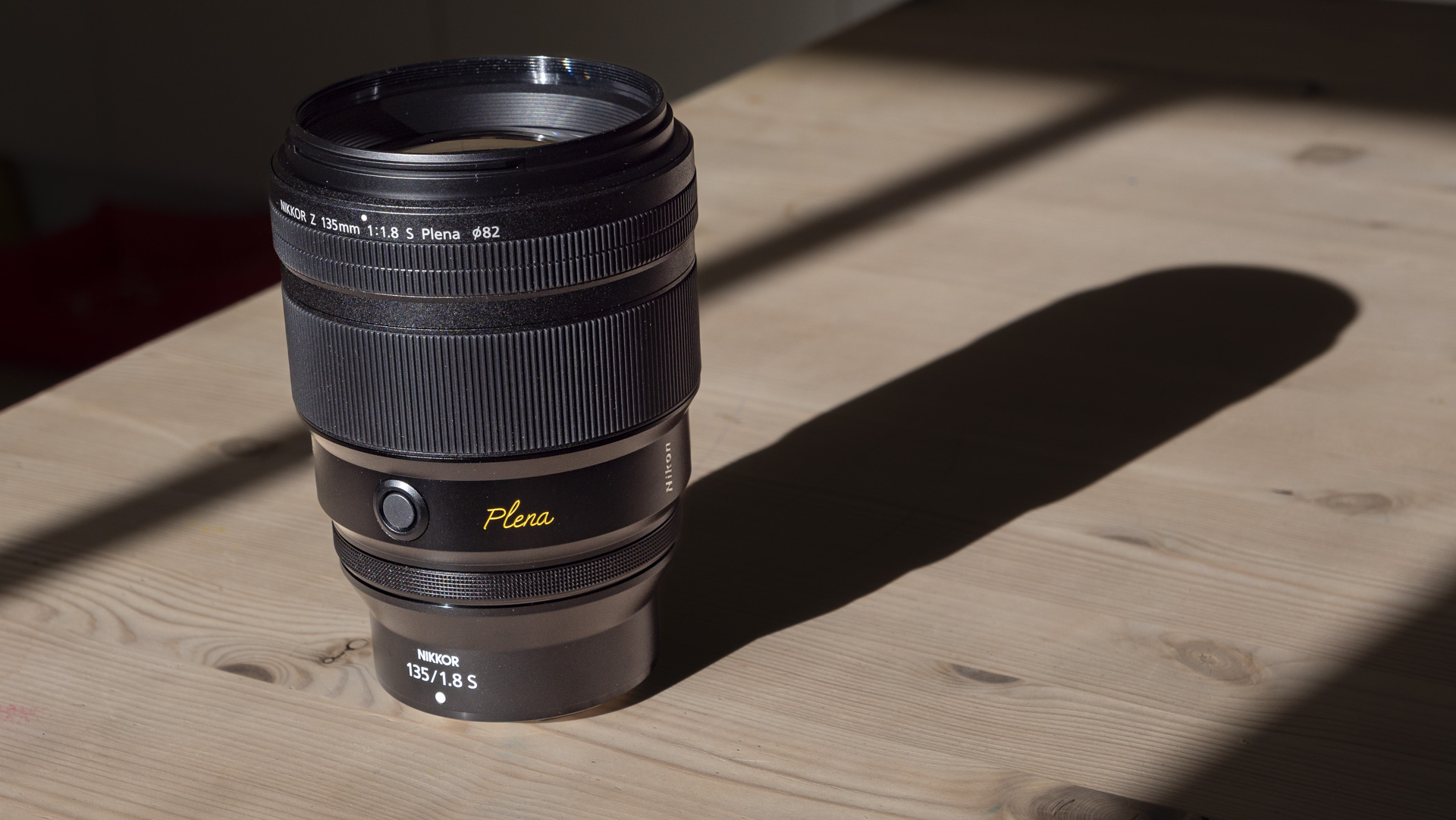
There are 16 lens elements packed into the chunky Plena lens in order to achieve such optical excellence, and it’s much bigger than Nikon’s standard portrait lenses, like the Z 85mm f/1.8 S, although much smaller than the Noct. There’s a reasonable balance to the lens – I wouldn’t call it front-heavy. It weighs 35oz / 995g, so you won’t need much muscle to handhold the Plena for long periods.
Build quality is stellar – this is a Pro series lens after all – with a rugged metal design complete with etched Plena signature. The lens feels minimalist, yet still packs a large focus ring, customizable button, and rear control ring – I had the latter assigned to changing the aperture.
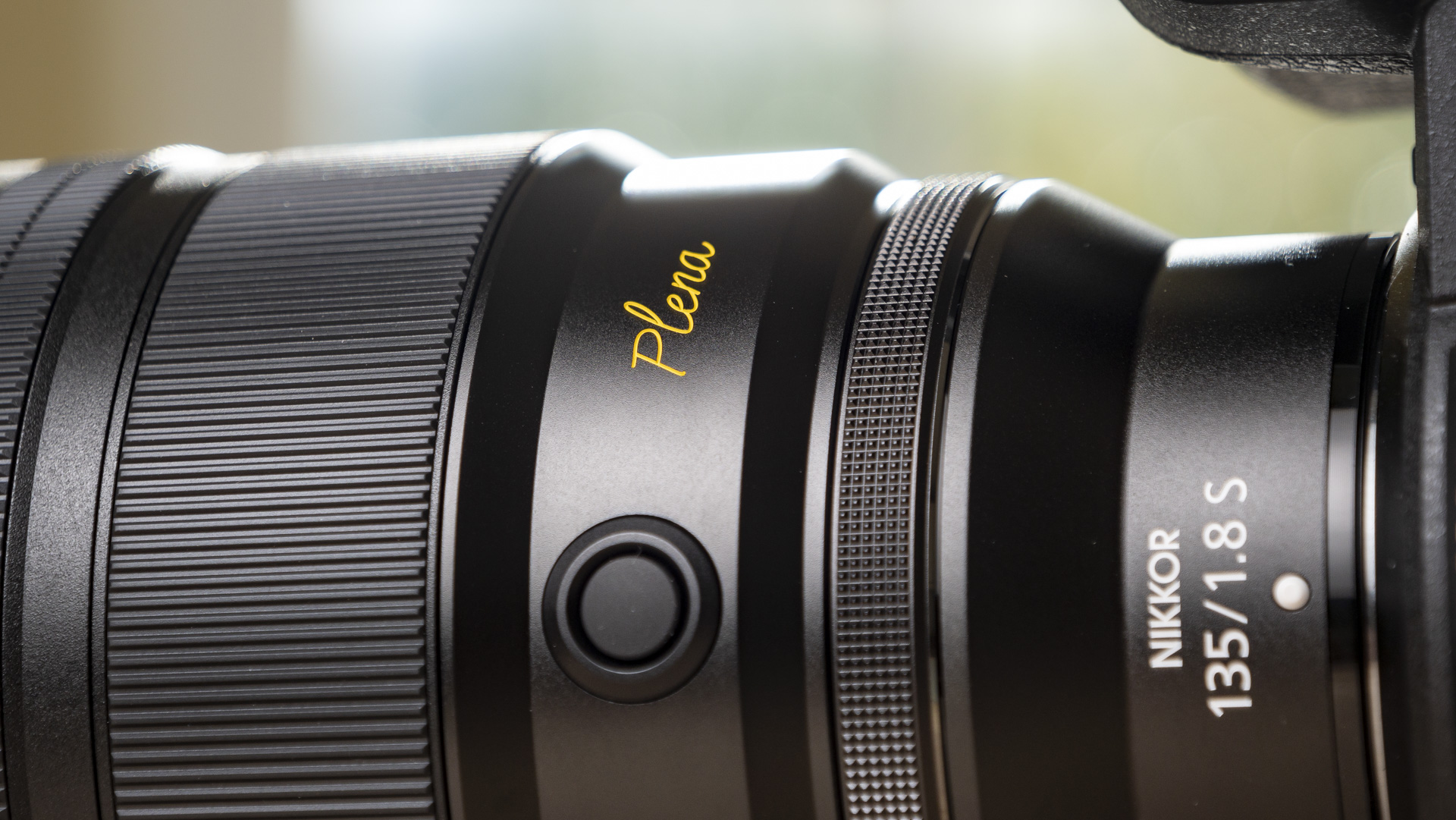
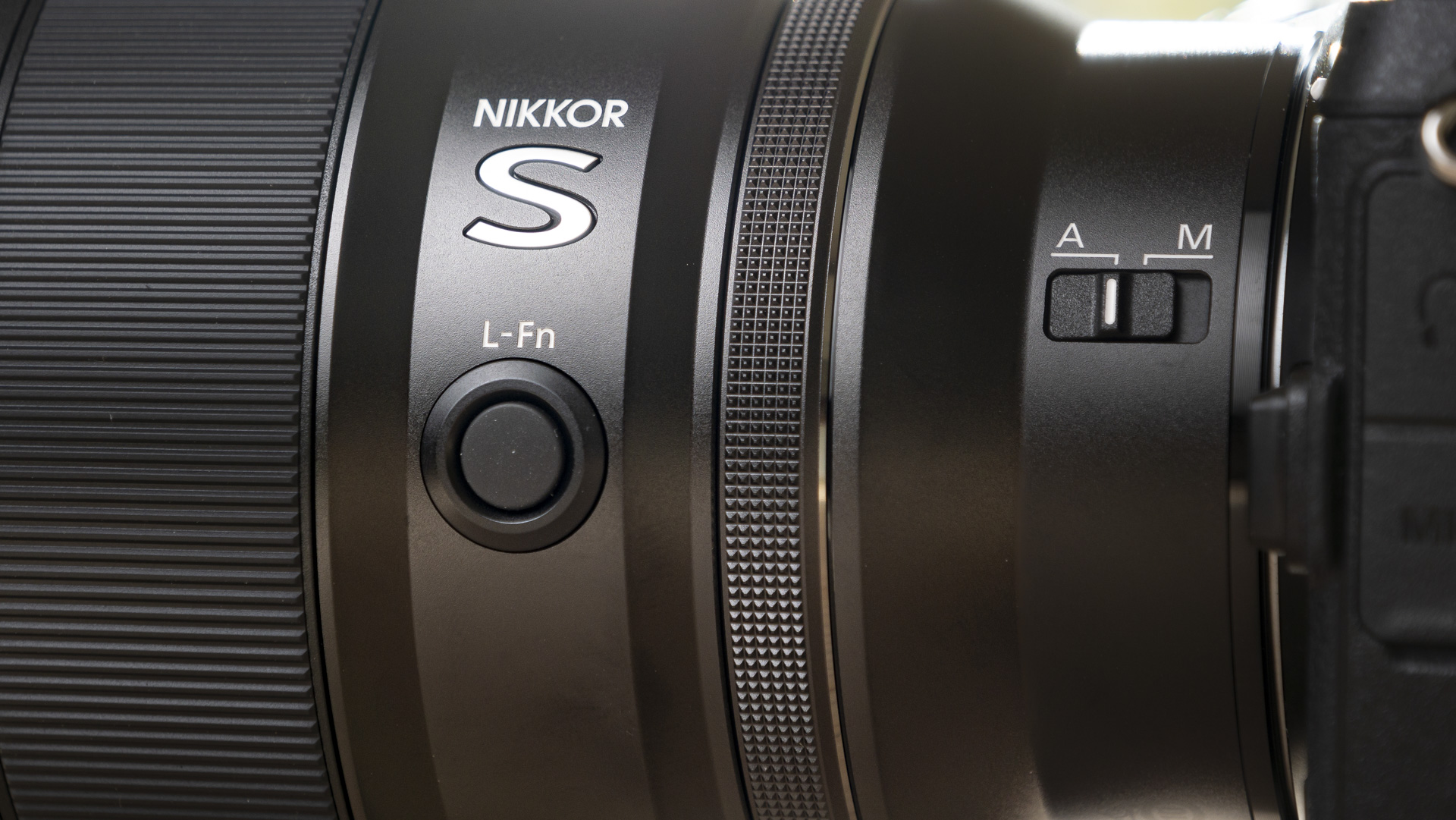

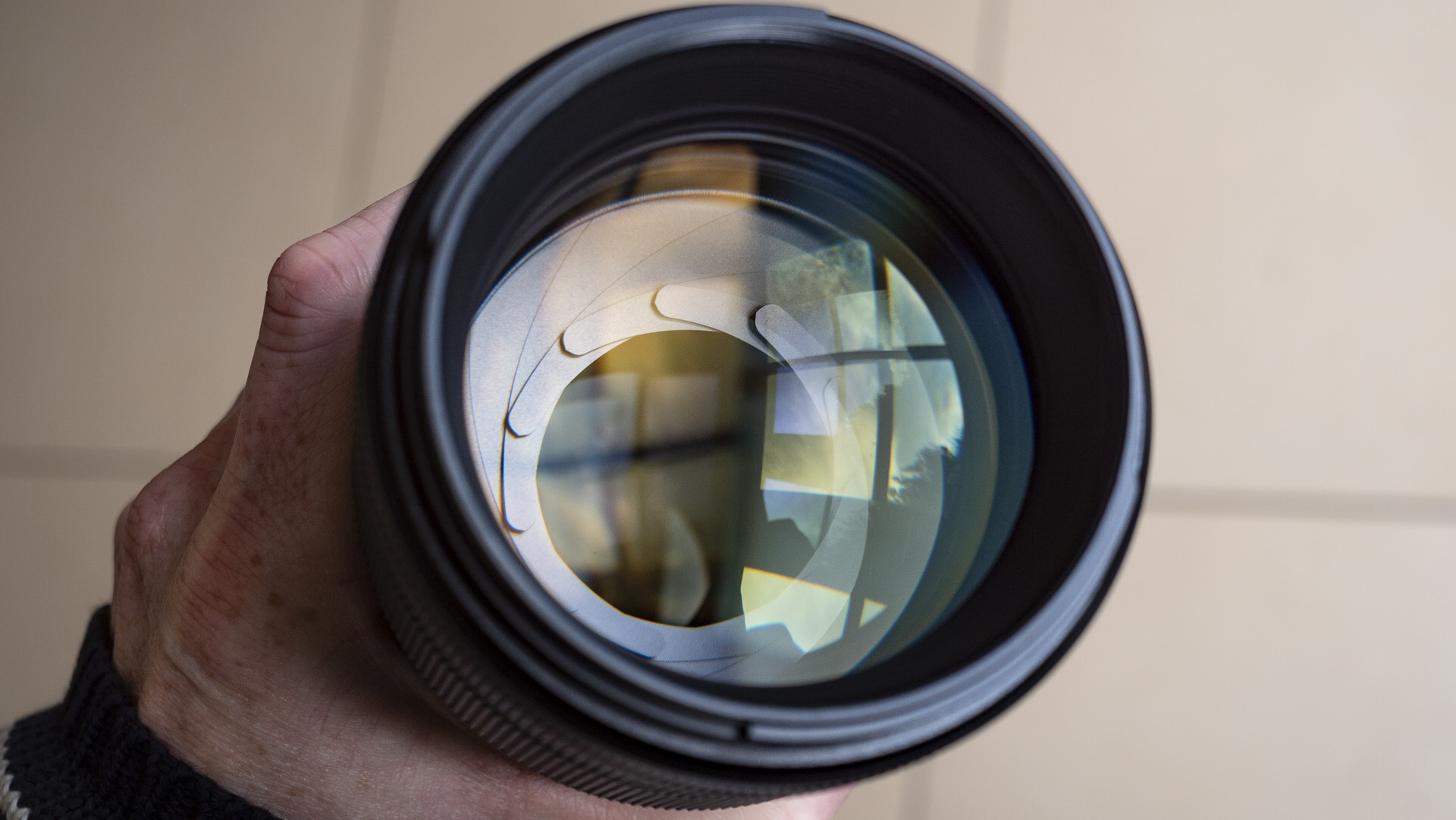
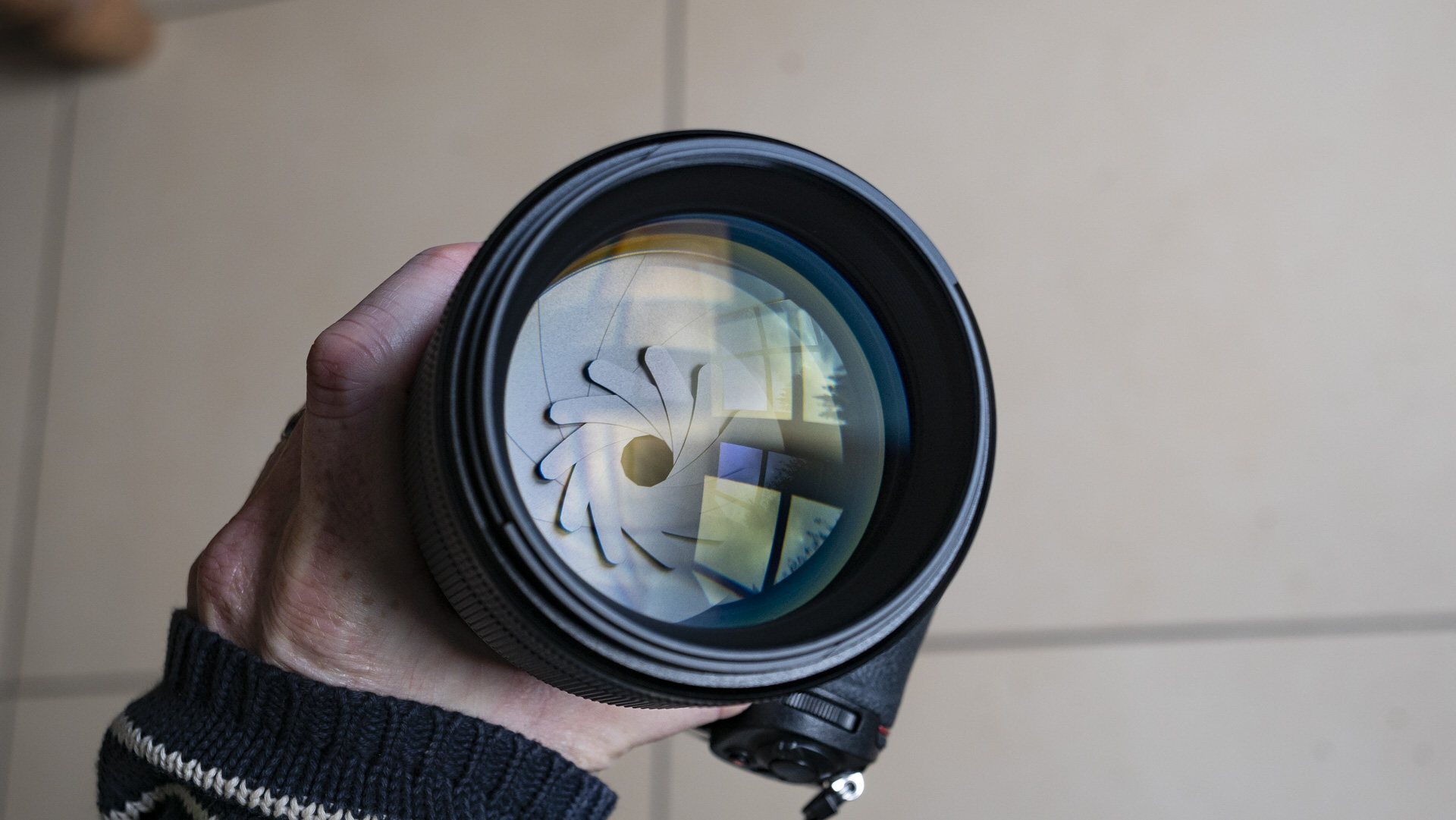
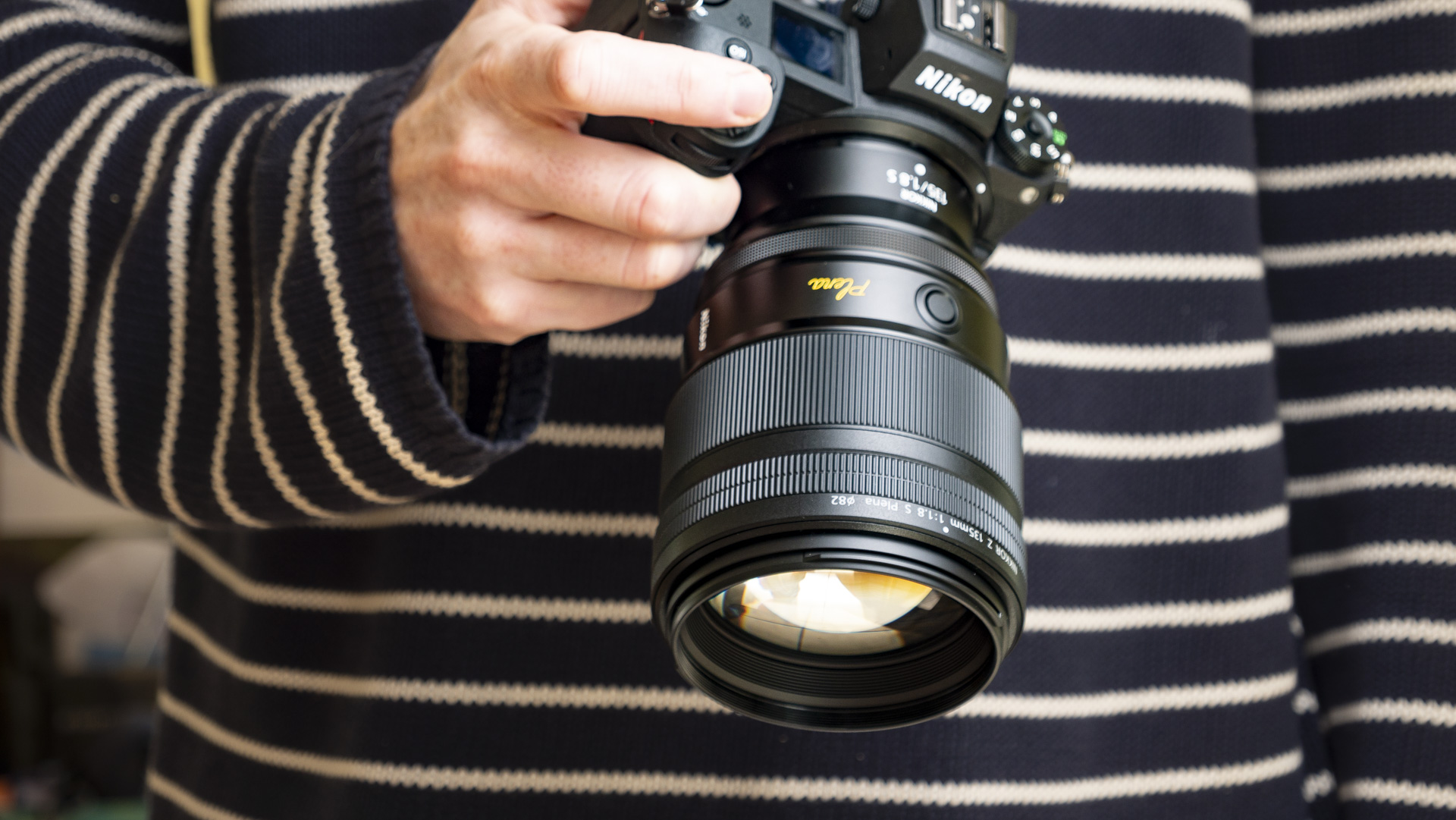
The front filter thread is 82mm, and looking into the lens you can see the 11 aperture blades, which when fully open to f/1.8 disappear and form a perfectly circular aperture. With such a huge front element and wide aperture, it’s no wonder that the Plena achieves buttery smooth and perfectly circular bokeh wide-open, across the entire image area, with much less vignetting than normal. In most other lenses you might see that circular bokeh turning into 'cat’s eye' bokeh towards the corners of the image. I personally don’t mind cat’s eye bokeh; it’s all down to taste really. Nonetheless, at f/1.8 you’ll struggle to find better optical quality.
Stop the aperture down and you’ll see those aperture blades close in on each other. Below I’ve included a GIF of the same portrait taken at f/1.8, f/2, f/2.8 and f/4 for you to see the difference in bokeh quality. Combining the 135mm focal length and f/1.8 aperture for head-and-shoulders portraits delivers smooth and huge bokeh – and I mean, really huge.
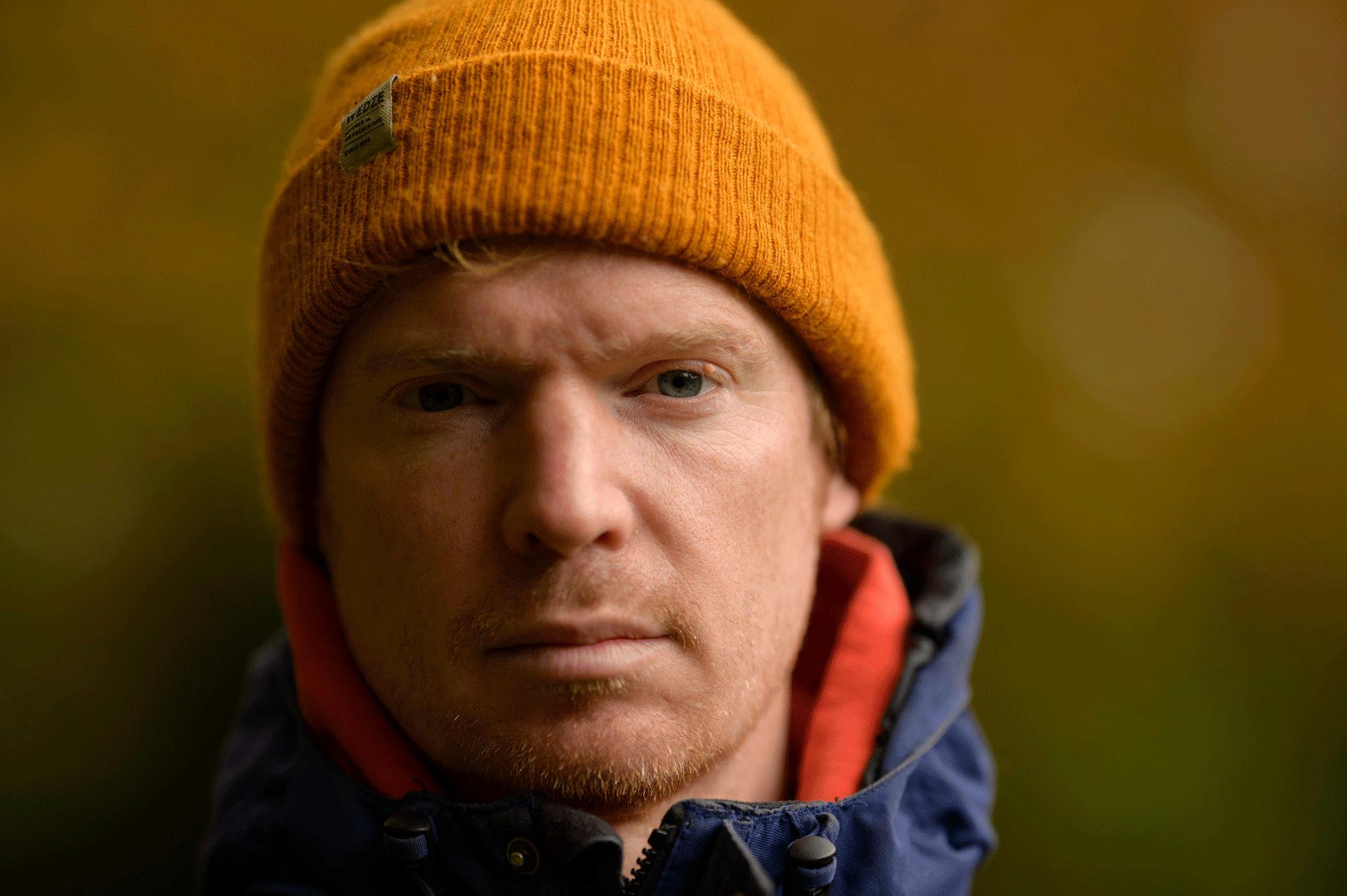
Not only do you get big, buttery and circular bokeh, but the Plena appears to be free of bokeh fringing, and there’s certainly no onion-ring effect.
If you’re a Nikon fan who's merely after shallow depth of field, and not too fussed about the quality of bokeh, you can save yourself a lot of cash by opting for a standard portrait lens like the Z 85mm f/1.8 S. But, especially if the mid-telephoto focal length is your preference, the Plena is a 5-star portrait lens,.
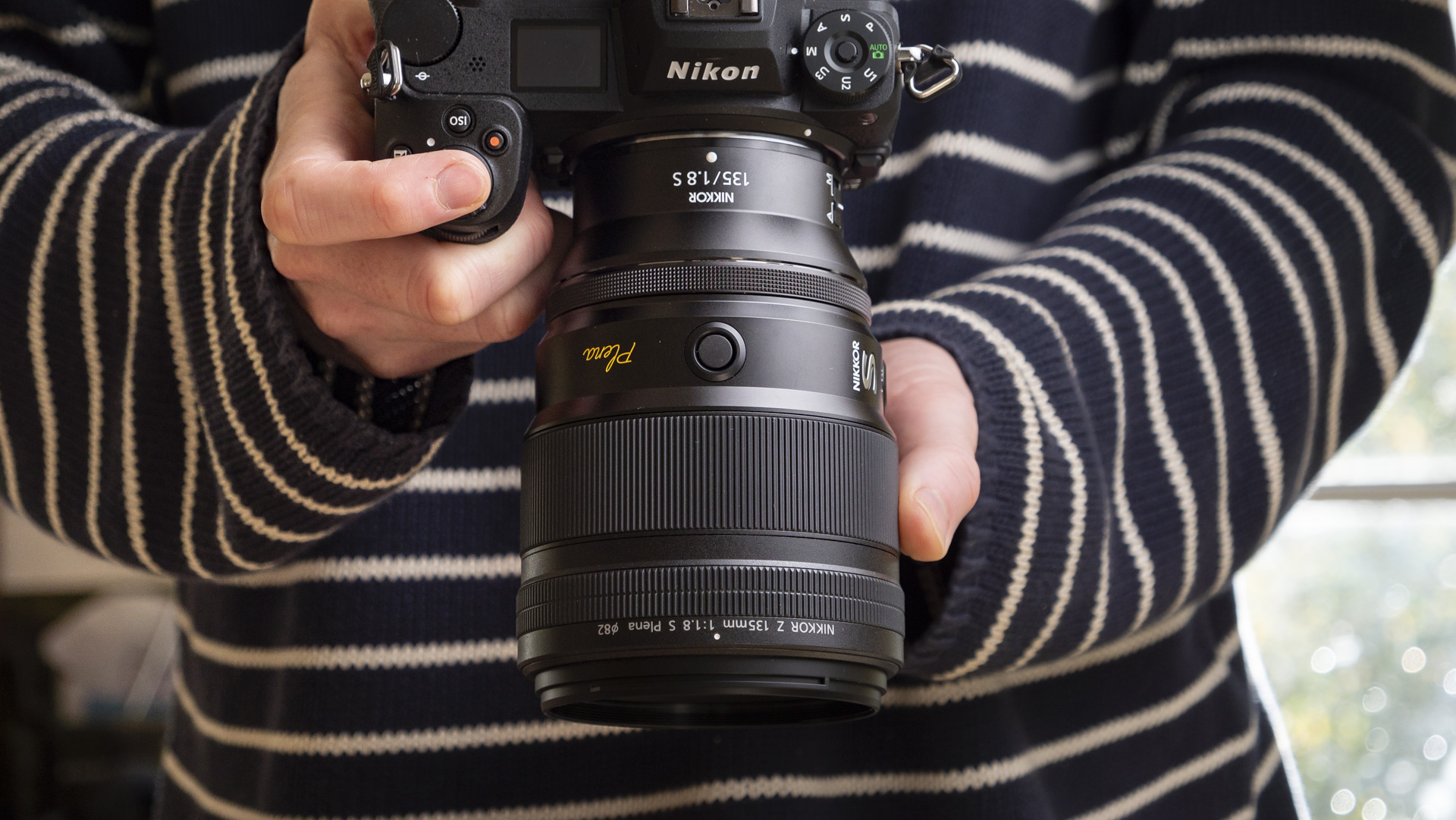
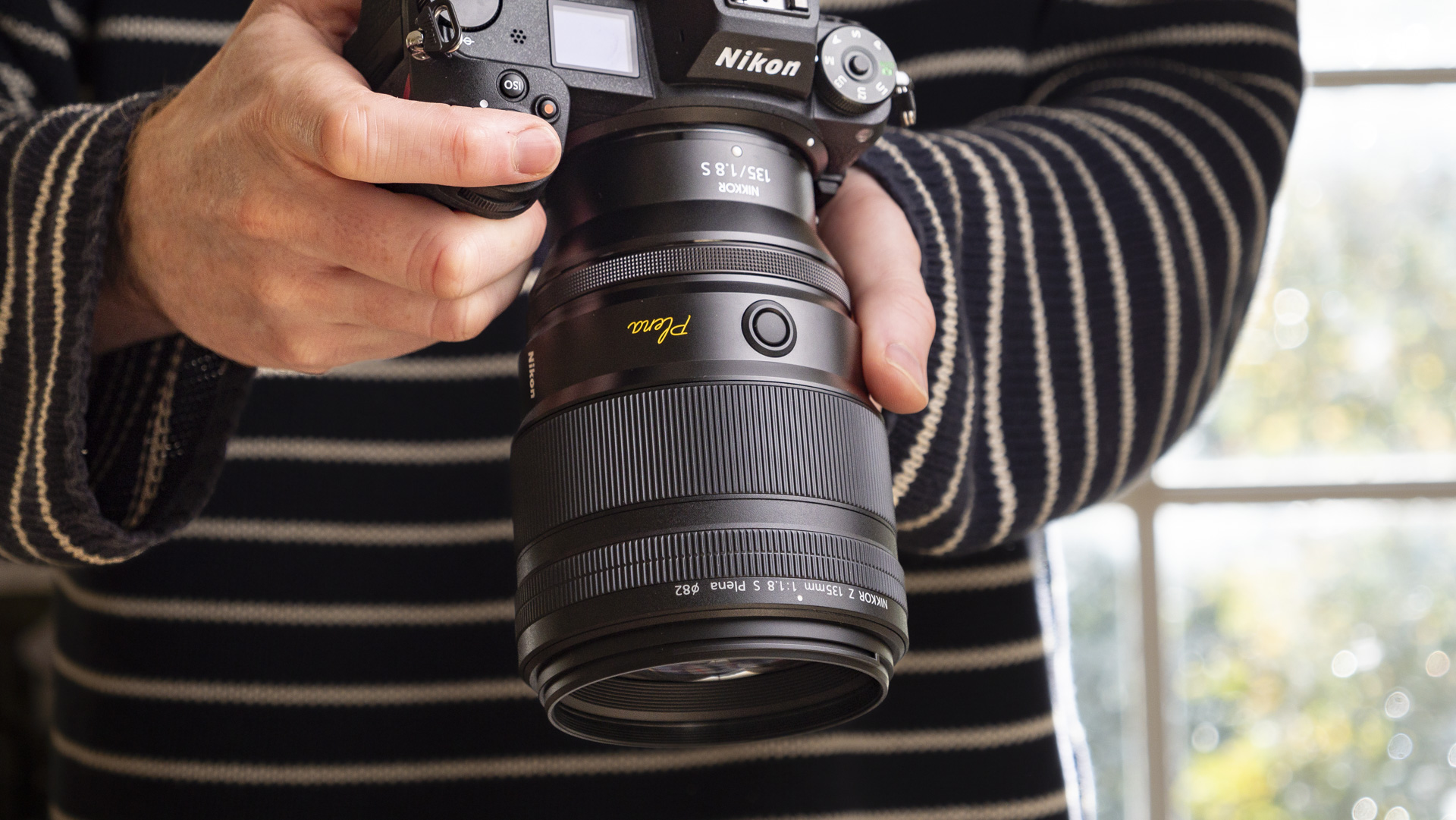
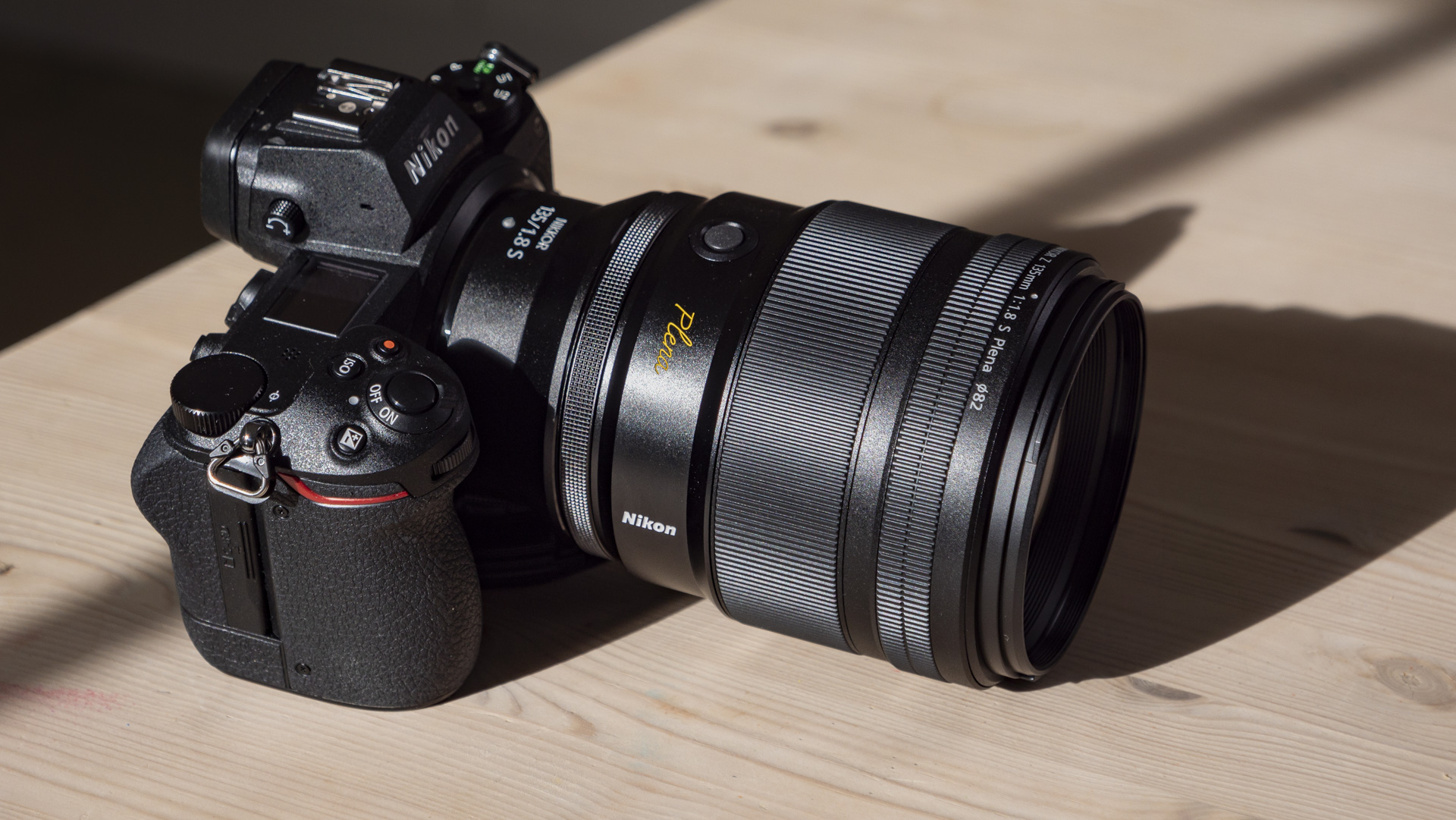
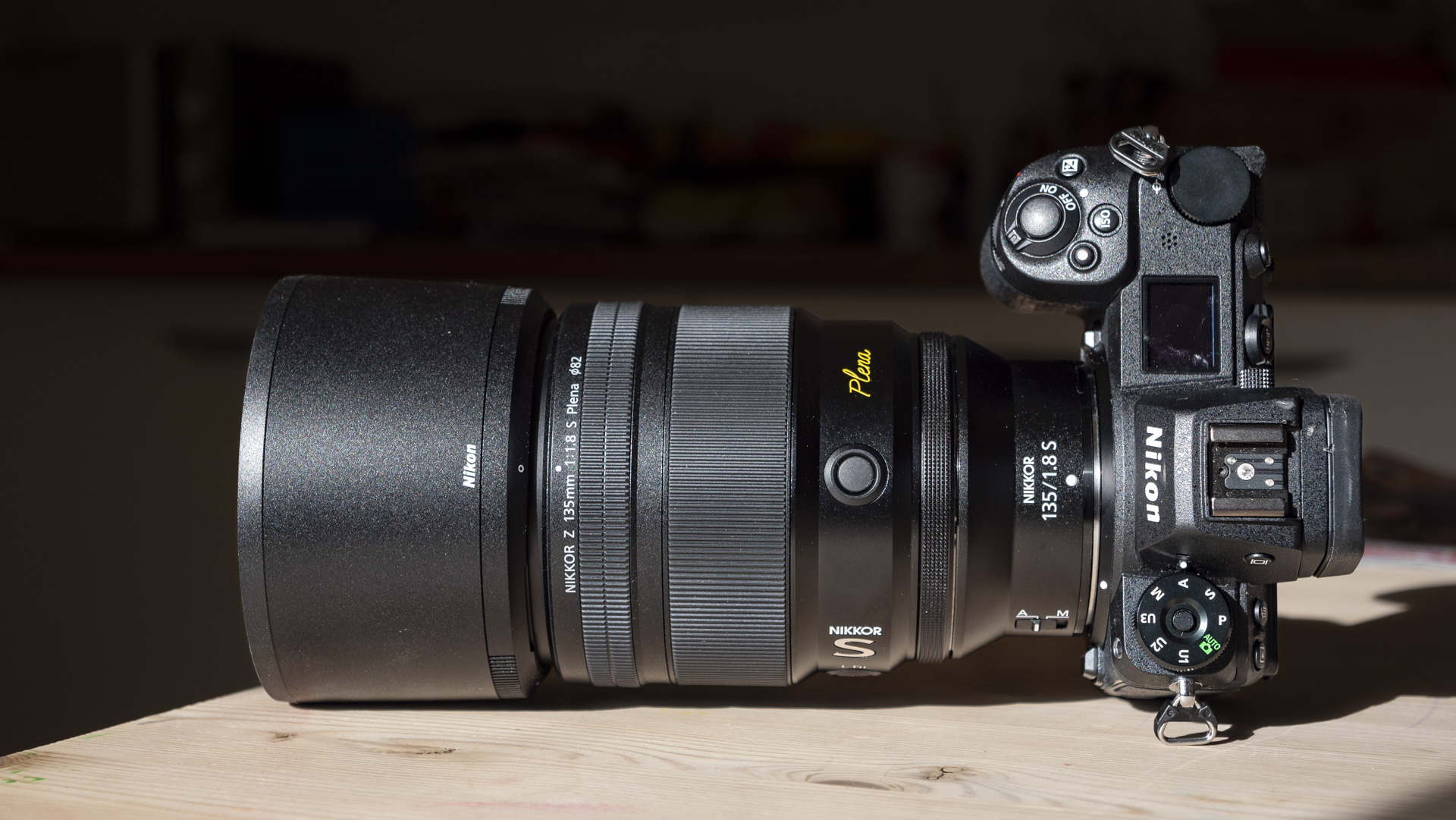
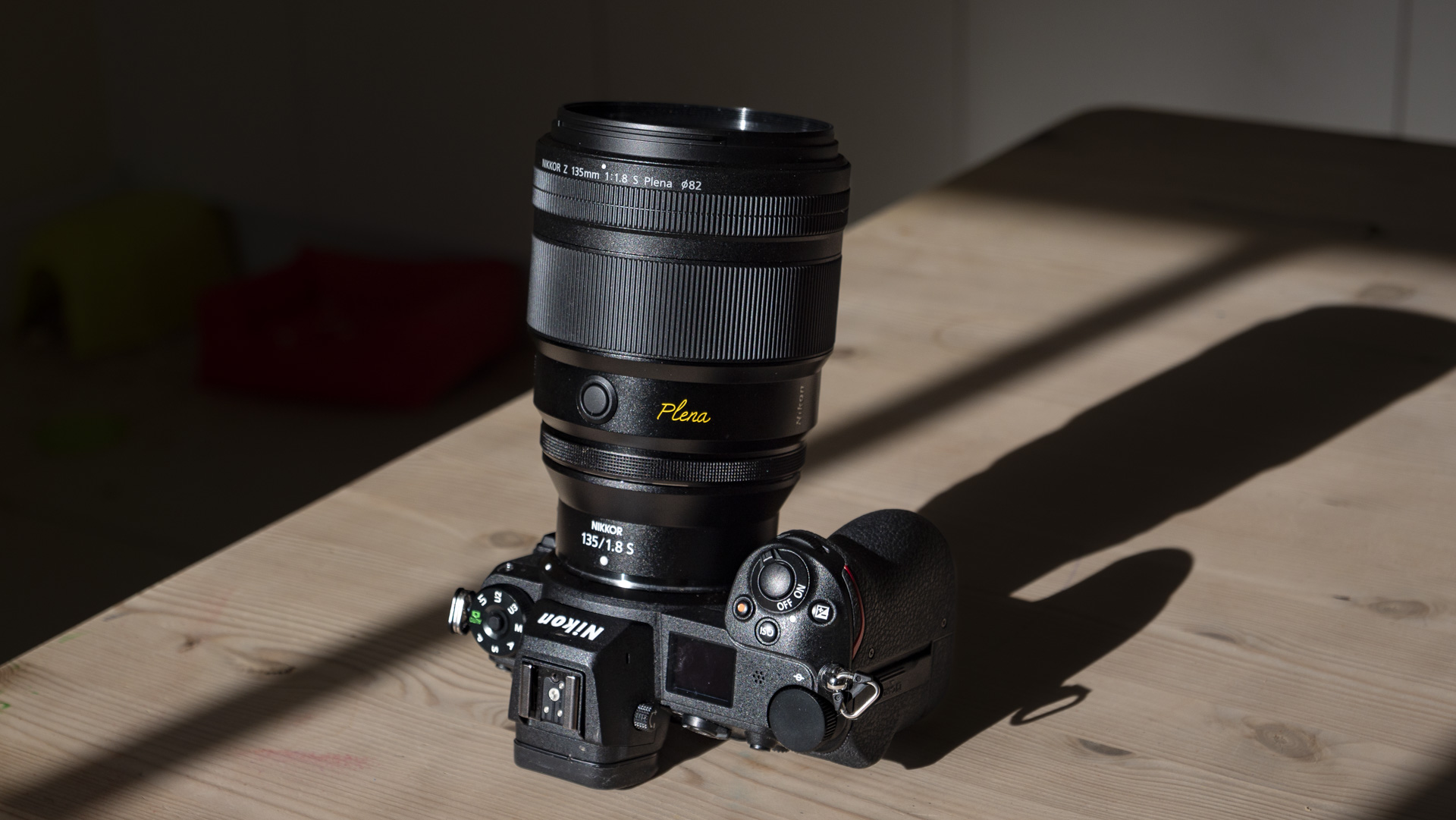
I personally prefer a wider-angle perspective nearer to 50mm, because I like to include the surrounding environment for context. The 135mm length best serves head-and-shoulders portraits – you don’t want to stand too far away from your subjects, otherwise you won’t realize the potential of the lens’s bokeh – and I’d lean towards the Nikon Z 85mm f/1.2 S Pro if portraiture was my sole focus.
With its mid-telephoto focal length and dreamy bokeh, the Plena could potentially be an excellent close-up photography lens. However, its minimum 2.69ft / 0.82m focus distance doesn’t quite allow this, with a maximum 0.2x magnification; perhaps it’s asking too much from a specialist lens to double up for macro photography.


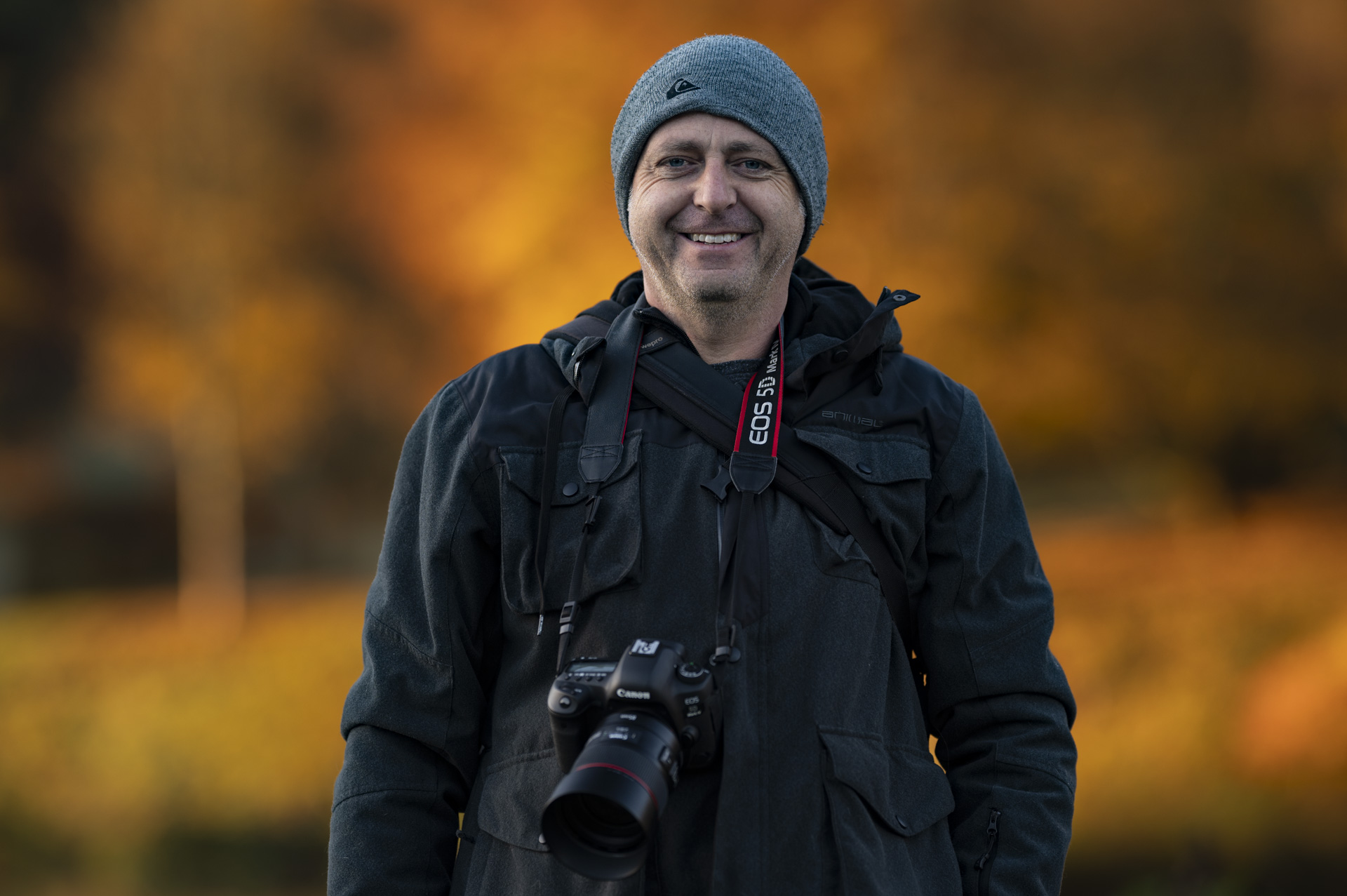
Nikon calls the Plena lens "perfect", which is a bold statement. However, on paper the MTF charts (which measure lens sharpness at any given aperture) back up the superlatives – the Plena has the highest overall rendering power of any Z-mount lens to date. Put simply, the Plena is also the sharpest Z-mount lens available, bar none.
After taking many portraits across the aperture range, I can say that you need to stop down to f/2.8 to get the utmost sharpest detail, but f/1.8 is still exceptionally sharp. I’ve only tested the Plena with the 24MP Nikon Z6 II, which doesn’t realize the full potential of the Plena in the way that the 45.7MP Nikon Z8 can. However, I can say with confidence that this lens will produce spectacular results paired with the Z8, and with any future Nikon cameras that exceed that resolution – for example, if Nikon was to ever produce a 61MP camera that matches the Sony A7R V.
A lens is what you make of it, too. Beyond portraits, I love telephoto landscape photography, and down the years I've regularly used a 70-200mm f/2.8 lens when out and about. The Plena's 135mm focal length is a fraction tight for me, but you can always shoot multiple vertical images and stitch them together in editing software to increase headroom while still getting that lovely 135mm perspective.
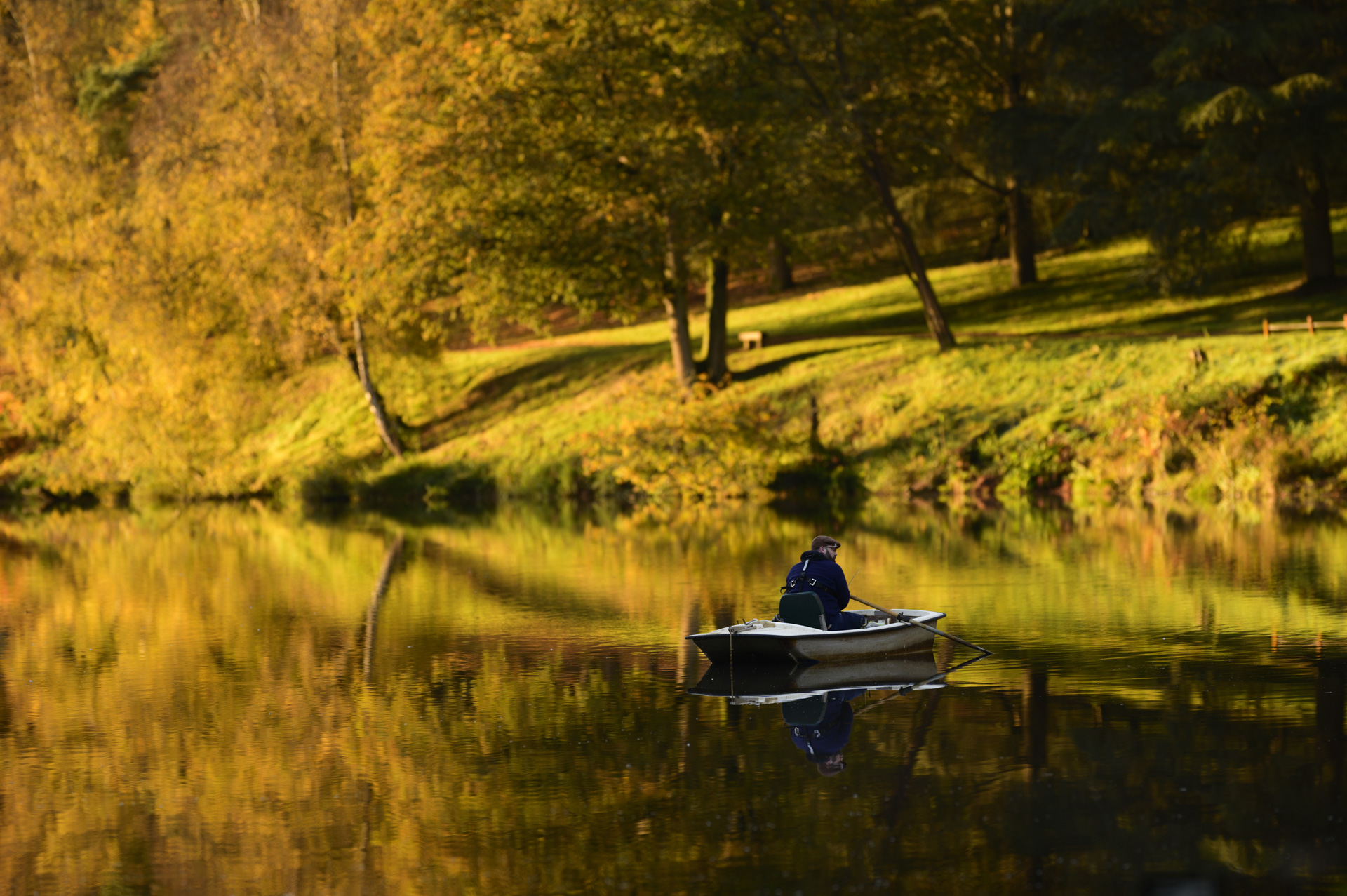
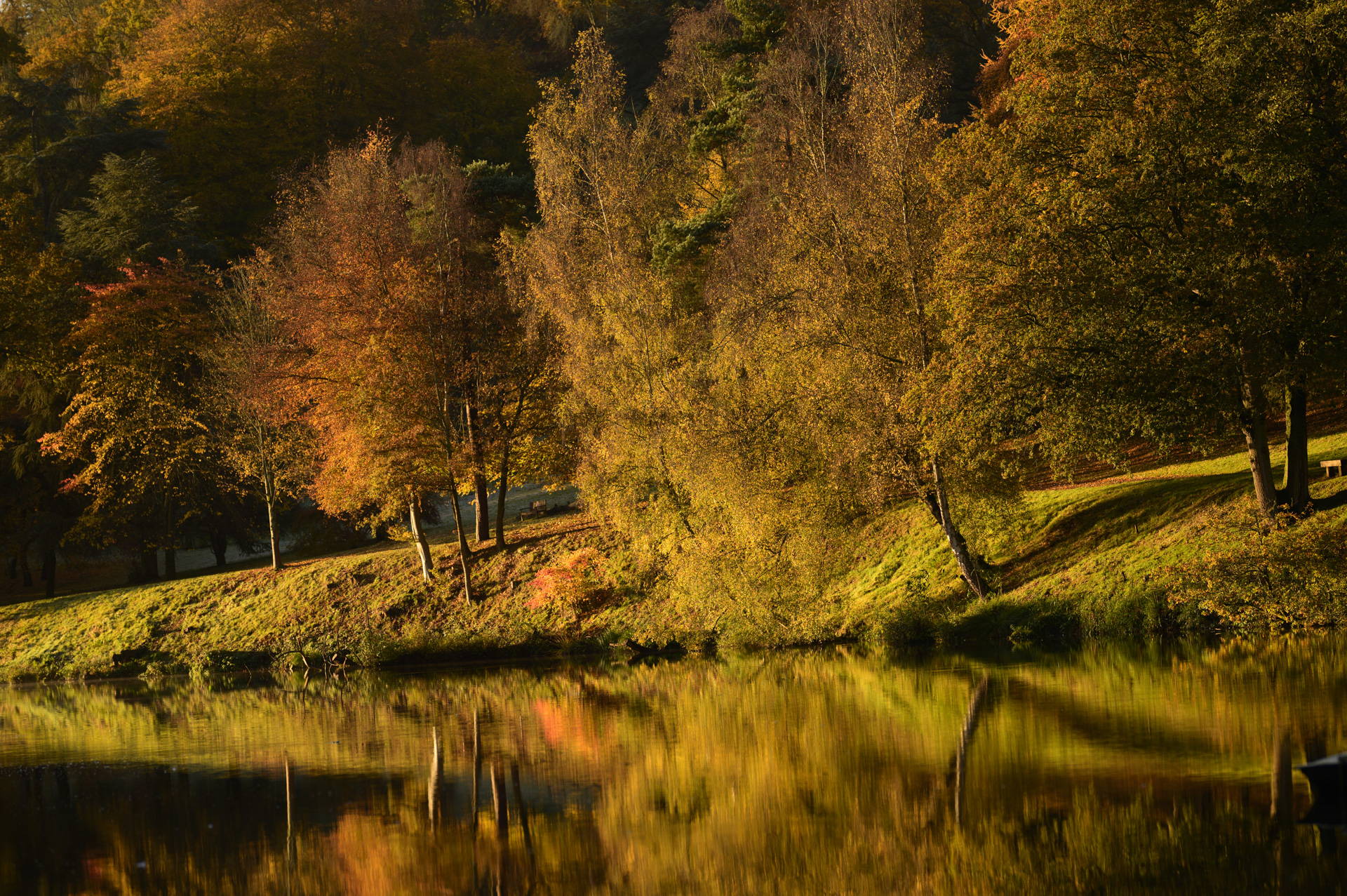
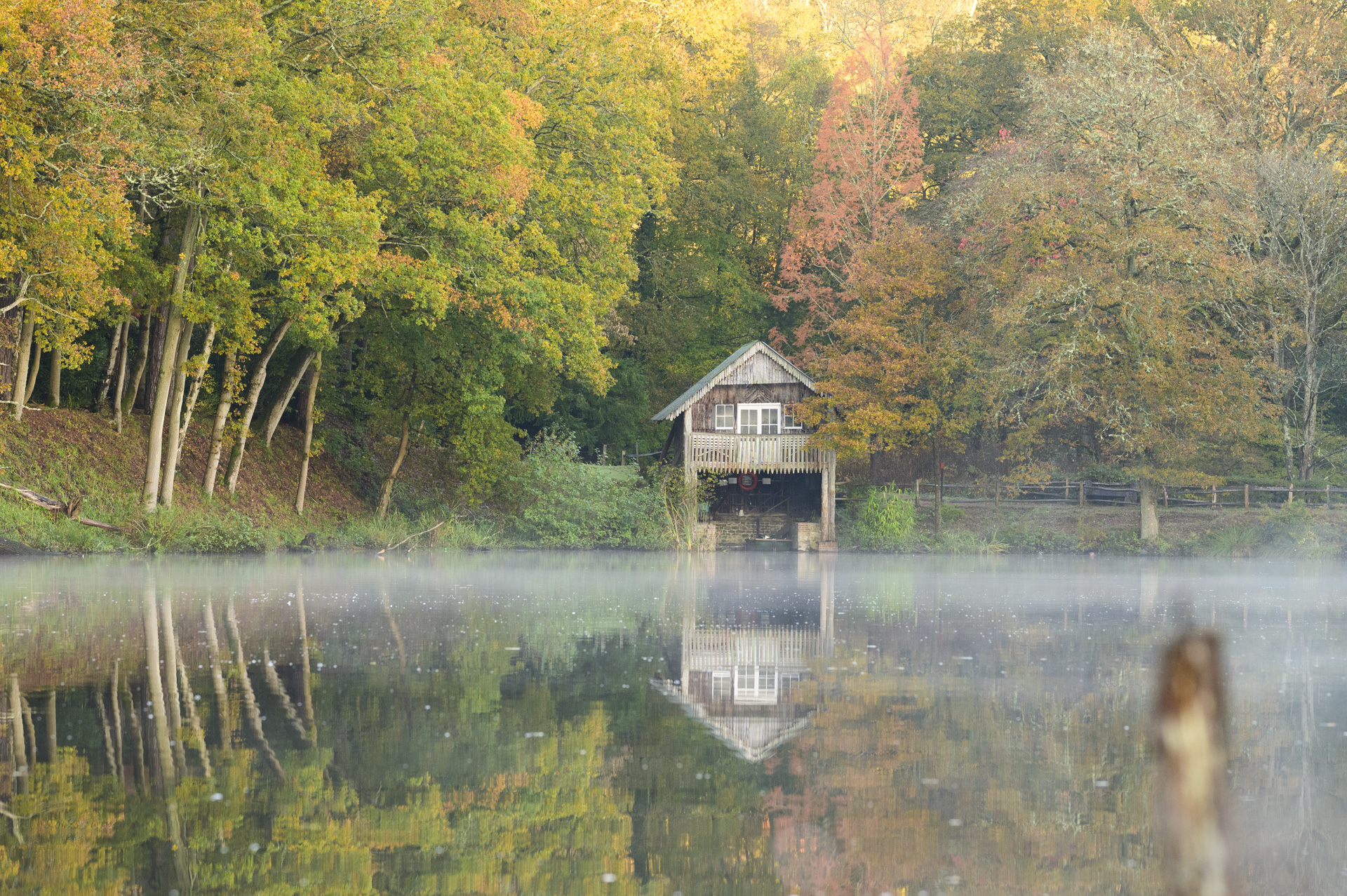



And I really like shooting shallow-depth telephoto landscapes, and that’s where the f/1.8 aperture is so handy, and the utterly tack sharp detail at f/2.8 so satisfying. I can get both sharp detail and focus fall-off that add a real mood to detail-rich vistas.
Optically, the Plena is indeed virtually flawless. It’s hard to find a single fault, and the Plena is now the aspirational portrait lens for Nikon fans who like the focal length.
Nikon Z 135mm f/1.8 S Plena: price and release date
The Nikon Z 135mm f/1.8 S Plena lens costs $2,599 / £2,699 / AU$4,599, and went on sale in October 2023. Compared to the Nikon Z 58mm f/0.95 S Noct it’s a bargain, but there are other 135mm f/1.8 lenses from the likes of Sigma that make the Plena feel pricey.
Should I buy the Nikon Z 135mm f/1.8 S Plena lens?

Buy it if...
You’re a portrait photography specialist
The devil is in the detail – most photographers won’t notice the difference in the optical quality of the Plena lens, but professional portrait photographers will.
You’re a stickler for the little details
Circular bokeh at f/1.8 in any part of the frame and not just the center is the kind of detail not lost on portrait photographers.
You want Nikon’s most capable lens
It’s the sharpest Z-mount lens, with dreamy bokeh and an admirable handle on vignetting. Perfection has never been so close.
Don't buy it if...
You’re only interested in shallow-depth portraits
If all you need is shallow depth of field from a wide aperture lens, then the Plena is probably overkill, and pricey compared to other f/1.8 lenses available for the Nikon Z-mount.
You prefer shooting portraits that include surrounding detail
135mm is a tight focal length that's ideally suited to head-and-shoulders portraits, and not portraits that incorporate the surrounding environment. You’ll need to stand pretty far away from your subject to include the scene, and then you don’t realize the full bokeh potential.
You're into close-up photography
It's probably asking for too much, but a close minimum focus distance would have also made the Plena an excellent macro photography lens.

How I tested the Nikon Z 135mm f/1.8 S Plena lens
I had the Nikon Z 135mm f/1.8 S Plena lens for a lengthy review period, during which I made plenty of portraits in a variety of lighting conditions, using the full range of aperture settings to make like-for-like comparisons to see how bokeh and sharpness were impacted.
With Nikon placing such an emphasis on optical perfection for sharpness and bokeh, I took a keener degree of interest in those little details, inspecting out-of-focus dappled light, and the quality of detail and bokeh from center to edges.
The Plena is advertised as a portrait lens, but any lens is only limited as you make it. I love the focal length for landscape photography, even if it’s a little tight, and throughout my testing I made use of the wide aperture for shallow depth in the backgrounds to add a sense of depth.
First reviewed September 2023

Tim is the Cameras editor at TechRadar. He has enjoyed more than 15 years in the photo video industry with most of those in the world of tech journalism. During his time as Deputy Technical Editor with Amateur Photographer, as a freelancer and consequently editor at Tech Radar, Tim has developed a deeply technical knowledge and practical experience with cameras, educating others through news, reviews and features. He’s also worked in video production for Studio 44 with clients including Canon, and volunteers his spare time to consult a non-profit, diverse stories team based in Nairobi. Tim is curious, a keen creative, avid footballer and runner, and moderate flat white drinker who has lived in Kenya and believes we have much to enjoy and learn from each other.
